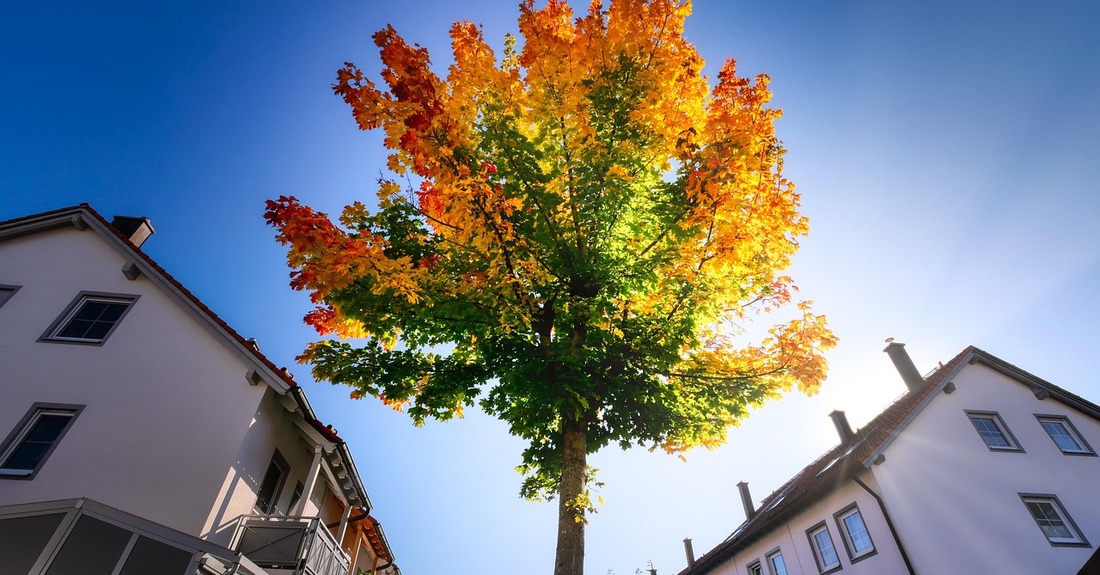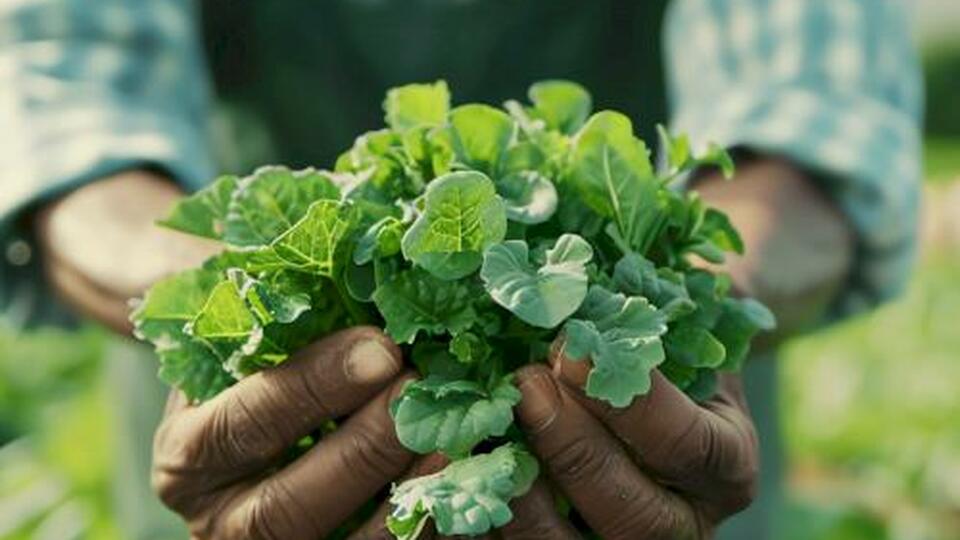Fall is an optimal season for woody plant installation, especially trees, due to several physiological and environmental advantages:
Root Development During Dormancy
As trees enter dormancy, energy shifts from canopy growth to root expansion. Warm soil temperatures combined with cooler air allow roots to establish before winter, improving water and nutrient uptake in spring.
Reduced Transpiration Stress
Lower evapotranspiration rates in fall minimize water loss, reducing transplant shock compared to summer planting.
Soil Moisture Stability
Autumn rainfall and moderated soil temperatures create favorable conditions for root-soil contact and microbial activity, essential for nutrient cycling.

Critical Professional Guidelines
- Perennials: Delay planting until spring. Herbaceous perennials require active photosynthesis and longer daylight for successful establishment.
- Fertilization: Avoid fall fertilization of trees. Nitrogen applied now can stimulate late-season shoot growth, increasing frost susceptibility. Apply fertilizer in spring when metabolic activity resumes.
Urban Landscape Benefits of Trees
- Air Quality Improvement: Trees sequester CO₂ and filter particulate matter.
- Microclimate Regulation: Canopy cover mitigates urban heat island effects and lowers cooling costs.
- Stormwater Management: Root systems enhance infiltration and reduce runoff.
- Biodiversity Support: Provides habitat for birds, pollinators, and beneficial insects.
- Property Value & Aesthetics: Mature trees increase real estate value and enhance visual appeal.
Pro Tip
Select species with proven adaptability to local soil conditions and climate zones for long-term success.
Contact your local Helena Representative to explore the best fall planting strategies and product solutions for your needs.


